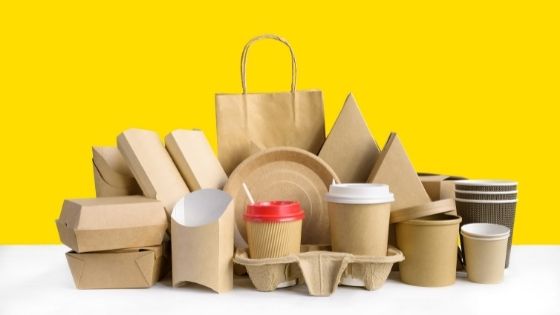In the food packaging industry, it’s no secret that poorly prepared and designed packaging can harm your brand. In addition, it often leads to poor acknowledgment from your customers, leading to sales and revenue loss.


Food packaging is one of the most intricate processes because it involves preserving easily spoiled goods. Often, contamination can become a big factor in its preparation, putting your business’s food preparations process in question. Meanwhile, a successful food packaging design does not only consider the outside appearance of what you create. Also, it would help if you considered its overall functionality while at the same time scrutinise its ability to attract potential customers.
Mistake #1: Trading Looks Over Functionality
Perhaps one of the most common mistakes in the food marketing industry is devoting much of your budget to the overall design of the food packaging. Although there is nothing wrong with making your product look great, there should always be an equal preference for beauty and functionality.
Although, in most cases where each spectrum meets, the functionality of the food packaging is the first consideration. Visual aesthetics can indeed have a powerful impact on your marketing, but the overall functionality of the packaging must serve its purpose.
There are also important factors to remember when creating a good design for your food business, including:
- Will the packaging material be enough to protect what’s inside during transit?
- Is the packaging simple to open?
- Can the packaging material prevent food from getting contaminated?
These are just some of the relevant questions that need some answering when creating a food packaging design. Ultimately, the goal is to have good material and a high-quality design that does not compromise its functionality.
Mistake #2: Still Using Non-Degradable Food Packaging
Putting too much material into your food packaging can become a source of contamination. Furthermore, it leads to excessive waste and pollution, which damages the environment. Meanwhile, these days, food packaging has become simpler than in the previous decades. And with people becoming more concerned about the environment, it is much better to have sustainable and eco-friendly packaging. Also, an eco-friendly material has several characteristics, including recyclability, compostability, and reusability.
The environmental friendliness of your food packaging can also become a driving force to your marketing strategies. More people are turning towards products that are more concerned about the environment than those that still opt for plastics and traditional packaging materials.
Mistake #3: Absence of Strong Branding in Your Packaging Design
Strong branding is always indicative of success, particularly in the food market, where competition is stiff. Meanwhile, the key to having a good food packaging design is easily recognised when someone receives a package and when items are stacked on the grocery shelf.
In today’s marketing arena, there are plenty of ways to inject personality into your brand and packaging design. Ensuring your logo is prominently displayed, reinforcing your branding with the right message, and adding custom details to your packaging create the difference. Additionally, the colour scheme and typographic palette of your packaging box also influence your customers. Therefore, it is always good to understand customer behaviour and base your packaging designs on those precepts.
In the food business, which is highly competitive, it always pays to know the dos and don’ts of good packaging. And getting the right partners who can help you develop strong branding always counts to give your business the awareness and longevity it needs.
















